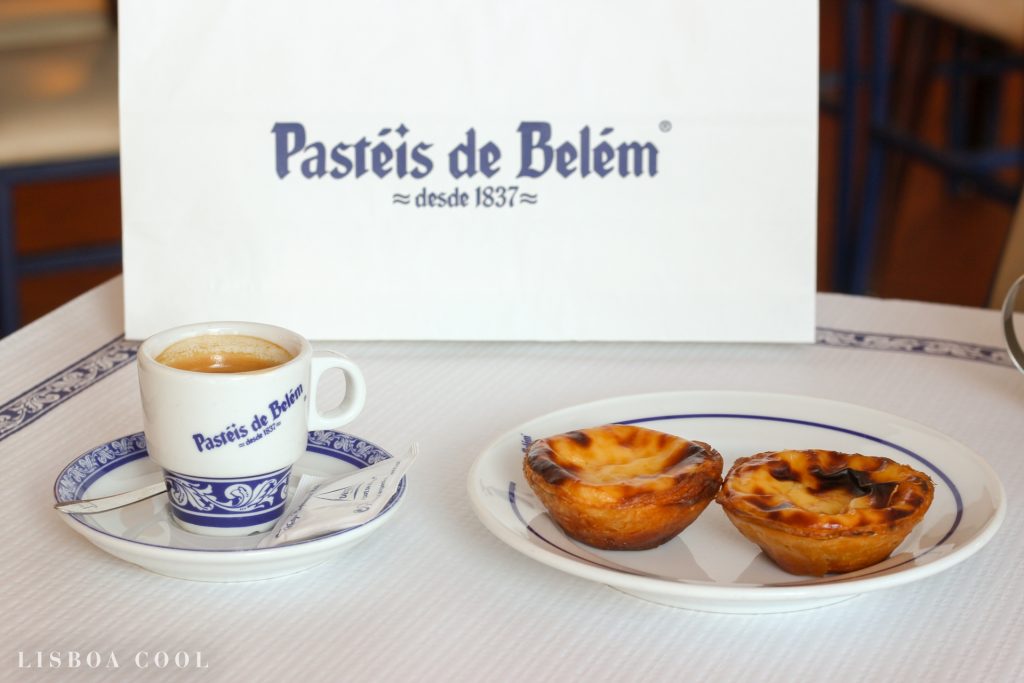Pastel de Nata
Alex (Y10) shares her love of this delicious Portuguese dessert
Pastel de Nata has always been one of my favourite comfort foods. It is an egg custard tart pastry, commonly paired with a sprinkling of cinnamon.
It is a relatively new recipe compared to other traditional Portuguese recipes, but it has proven itself to be a household staple within Portugal, Brazil, Macau and more.
Portugal has always had an affinity for sugar. The Pastel de Nata can fit in the palm of your hand, although they range in size across the country. The Pastel de Nata directly translated in English would be a tart/pastry of cream, or a custard tart.
The Pastel de Nata was originally created in the 18th century at the Jerónimos Monastery in Belém, a Catholic order of the Knights Templar. At the time, it was quite common to starch nuns’ habits with egg whites. This led to a surplus in egg yolks; the monks used these to bake up creamy, custard tarts.
There is an old Portuguese proverb which says “ A bride who eats a pastry will never take off her ring” (Noiva que come Pastel, não mais tira o anel) It is a common tradition for southern Portuguese newlyweds to visit the area of Belém and eat a Pastel de Nata together.

Below I have shared a modified family recipe for Pastel de Nata in Portuguese. I have adapted some of the ingredients as I prefer the Macanese version, which is creamier than the original.
Veganising traditional desserts full of custard is incredibly difficult, as the cream and egg yolks is what provides the signature taste and look. Nonetheless, you can still find vegan editions of the Pastel de Nata online.
See if you can figure out what the different ingredients are!
Ingredientes
500 g Massa Folhada
5 dl Natas
8 Gemas de Ovo
2 c. sobremesa Farinha
200 g Açúcar
Raspas de ½ limão
Método
Pré-aqueça o forno e coloque-o a 250° C.
Adicione o leite e as gemas.
Acrescente a casca de limão.
Transfira o creme para outro recipiente.
Estenda a massa folhada, enrole-a e divida-a em rodelas.
Coloque cada rodela na respetiva forma.
Com os polegares, pressione e estique forrando devidamente cada forma.
Coloque no interior de cada uma o recheio.
Colocando o tabuleiro um pouco abaixo do meio do forno, leve a cozer por 10 minutos.
Polvilhe com o açúcar em pó.
Polvilhe com canela.

Glossary
Açúcar – sugar; sweetener
Canela – cinnamon
Farinha – flour
Limão – lemon
Massa Foldhada – puff pastry
Nata – cream; custard
Ovos – eggs
Pastel – pastry; tart
Sobremesa – dessert

